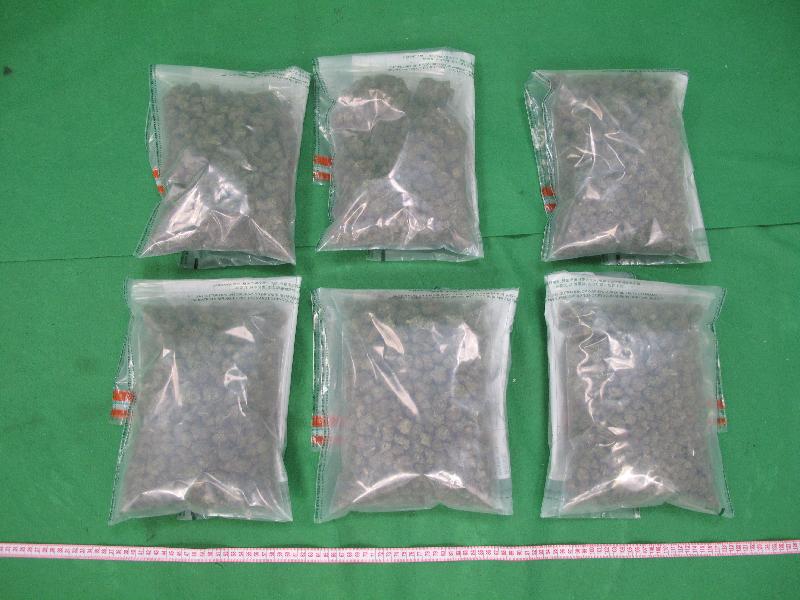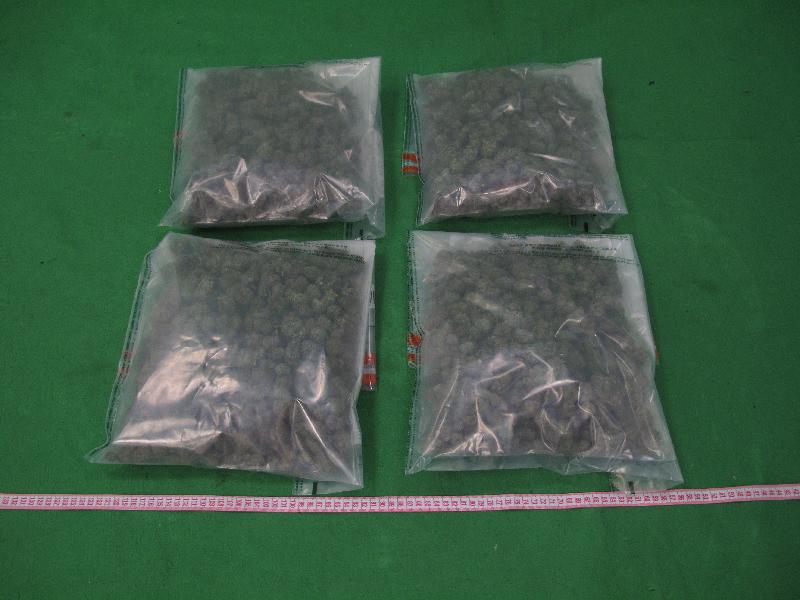EPD launches Glass Container Recycling Charter to promote glass bottle recycling
The Environmental Protection Department (EPD) today (January 10) held a launch ceremony for the New Chapter for Glass Bottle Recycling, rolling out the Glass Container Recycling Charter and a series of promotional and publicity activities to further raise public awareness on glass bottle recycling.
Officiating at the ceremony, the Secretary for the Environment, Mr Wong Kam-sing, said that the Government is implementing the Producer Responsibility Scheme on Glass Beverage Containers at full steam and has appointed glass management contractors (GMCs) to undertake collection and treatment services for waste glass containers. Two GMCs (see below) have taken over the previous voluntary glass bottle recycling programmes and further expanded their recycling networks. They have also completed setting up and commissioning new treatment facilities and are providing free glass container collection and treatment services across the territory.
Mr Wong said, "Overall, following the commencement of GMC services, the total amount of waste glass containers collected in 2018 increased by about 45 per cent compared with 2017. With the full provision of services by the two GMCs, the monthly collection amount has been increasing continually over the past few months. The collection amount in the latest month has more than doubled the monthly average in 2017. There has also been a significant growth in the total number of collection points set up across the territory. The number of collection points serving catering premises has tripled while the number serving the residential sector has increased to over 1 500 locations.
"The GMCs are set to further increase the collection of waste glass containers, with a view to gradually attaining the overall recovery target of 50 000 tonnes a year, or about half of the amount generated. To achieve this target, it is crucial to have the support and participation of the community. To that end, the EPD has launched the Glass Container Recycling Charter, inviting all interested parties to join as our partners to actively take part in and jointly promote glass container recycling. Today, many associations and organisations from the catering and property management sectors have expressed their support and signed the Charter, committing themselves to introducing and promoting the Charter to their members, and encouraging participation."
To further arouse public awareness of glass bottle recycling, the EPD has designed a new label for the glass bottle recycling bins, also creating a new logo and a new branding to assist the public in recognising the glass bottle recycling bins. A series of promotional and publicity activities will follow.
The EPD, through open tender, has appointed two GMCs to undertake collection and treatment services for waste glass containers in the regions of Hong Kong Island (including Islands District), Kowloon and the New Territories. The contracts for Hong Kong Island and the New Territories regions were awarded to Baguio Waste Management and Recycling Limited, which commenced in November 2017. The contract for the Kowloon region was awarded to Hong Kong Glass Reborn Limited, which commenced in May 2018. Parties interested in glass container recycling may approach the respective GMCs to arrange free collection services.
The GMCs are also required under the contracts to arrange gainful reuse and recycling of waste glass containers after proper processing. Currently, the glass materials recovered after processing are mainly used for production of eco-cement and eco-pavers, while some are exported for recycling into new products. The recycled glass materials can also be used as fill materials in various public works projects. These outlets will be able to fully absorb and utilise glass materials recovered locally.

